The following steps are essential to success in pursuing government contracting and grants:
- Understand the Government Procurement Process
Start by clearly defining your objectives and goals in the government procurement space. Determine what you want to achieve with government contracts or grants, such as providing a service, securing funding for research, or selling goods to the government. Once you’ve defined these goals, begin researching the federal, state, or local government agencies offering contracts and grants at the federal, state, or local levels. Different agencies handle different types of projects and funding. - Register Your Organization
Preparation is crucial in federal contracting, with several essential steps to take before pursuing contracts. Register your business according to local, state, and national requirements. For United States-based contracting, steps include registering your business by obtaining an Employer Identification Number (EIN), identifying the appropriate North American Industry Classification System (NAICS) codes, obtaining a Commercial and Government Entity (CAGE) code, and registering with the System for Award Management (SAM). Additionally, businesses should register with the certify.SBA.gov login service and explore SBA socioeconomic categories, as eligibility can offer advantages in contracting.
Identifying the socioeconomic categories that align with your business is essential, as they can provide additional advantages in federal contracting. Many contracts may mandate agencies to reserve a portion or the entire contract for businesses falling into these categories. Similarly, large prime contractors may be obligated to submit subcontracting plans involving small businesses with varying socioeconomic statuses to fulfill their contract requirements.
- Identify and Qualify Opportunities
Staying informed about government procurement postings involves regularly searching for opportunities on websites like Grants.gov or the System for Award Management (SAM). Setting up filters based on factors like government departments, opportunity type, and identification codes like NAICS can be helpful. You will be altered via email to new opportunities as they are posted. Regularly review these alerts and results, and modify the alert as needed to further customize to your needs. Research highly rated and reputable opportunity alert and identification systems (these usually require a subscription or similar paid plan). Similar to setting up alerts via your government’s procurement platform, subscription-based alternatives usually offer a more user-friendly navigation system and high degrees of customization. Set alert frequencies according to your organization’s needs, e.g., daily, weekly, monthly. - Build Teaming Relationships
Building, maintaining, and growing your network in the federal contracting landscape is essential. Attending conferences, industry events, joining associations, and reaching out to and meeting with government officials is crucial to establishing a reputation and rapport in the procurement space. It is important to build and grow these relationships early on and reinforce them often, as government officials may have limited time and ability to meet during certain proposal periods. - Develop a Clear Capture Strategy
Create a detailed and customized capture strategy to identify and pursue government grants. Understand your organization’s key strengths, capacity, and capabilities, and specify your strategy to align with the relevant government departments’ goals, priorities, and trends in grant awards. It is also key to conduct a competitive analysis to determine your peers in this space and how your organization can stay ahead of your competition. Utilizing federal procurement platforms, bidder lists, and award announcements are key resources to build and analyze a competitive analysis. Regularly review your strategy to iterate on the process and refine it as needed. Continue to review relevant government entities’ goals and priorities to ensure alignment with these objectives and create a regular cadence of benchmarks and check-ins to ensure alignment and continuous progress. - Read Solicitations and Understand Program Requirements Thoroughly
Ensure your organization’s value propositions match or exceed the solicitation requirements.It is essential and time-efficient to understand the solicitation requirements, including eligible entities, scope of work, geographic location (if applicable), application process and documentation requirements, award type, amount, special set-asides or preferences for type of awardee, and overall priorities and goals of the government entity issuing the solicitation. Highlight and color code key requirements by category, importance, and/or type of requirement. Review the key requirements against your organization’s strengths to ensure your organization’s capabilities and value propositions match and preferably exceed the requirements. - Refine Your Value Proposition to Align with Solicitation Requirements and Program Goals
Research the goals, priorities, and objectives of the government entity issuing the solicitation. In accordance with the previous Step 6, review and highlight the key themes, objectives, and goals of the solicitation. Compare these goals and objectives with your organization’s strengths and capabilities, and highlight these capabilities accordingly in the grant proposal to ensure the proposal is attention-grabbing and competitive. Highlight your organization’s unique qualifications, past relevant experience, and accomplishments that set you apart from your competition. A Scoring Matrix is a helpful tool to determine your organization’s strengths and identify potential weaknesses in the proposal process. - Ensure Compliance
Carefully review all requirements in the proposal process – including financial forms and reporting, adherence to specific grant terms, staffing needs, and related necessities – to ensure that your organization adheres to all stated requirements. A Compliance Matrix is a helpful tool to track all requirements and ensure compliance. - Strong Proposal Writing
A strong government proposal is a well-structured document that clearly outlines an organization’s objectives, the specific project for which funding is requested, and how it aligns with the grantor’s criteria. A proposal may include a needs assessment, a detailed project plan, a realistic budget, and a method for evaluating outcomes. The proposal demonstrates a deep understanding of the issue and presents a compelling argument for why the project is a viable solution. It should also convey a commitment to transparency, collaboration, and sustainability, reflecting the organization’s capacity to utilize grant funds effectively. - Cost Estimation
Cost estimation in government procurement is the process of precisely determining the financial requirements for a project. Accurate cost estimation is crucial in this context, as budgeting errors can lead to severe financial issues and, in some cases, even contract termination. Government procurement procedures depend on an in-depth and meticulous assessment of a project’s financial needs to ensure that resources are allocated effectively, and the project can be completed within the assigned budget. Failing to provide a precise cost estimation can misallocate funds and hinder the successful execution of government projects, underlining the critical nature of this aspect in the procurement process. - Performance/Proposal Management
The primary emphasis of an effective proposal management process is on the efficient management and delivery of the project. It involves a commitment to fulfilling the promises made in the proposal, meeting established deadlines, and achieving the project’s objectives. Effective performance management is essential to ensure the government’s objectives are met, and the allocated funds are used efficiently. It demands meticulous project tracking, adherence to contractual agreements, and timely reporting to demonstrate progress and compliance. Ultimately, success in performance management is vital to maintaining a positive reputation and securing future government contracts and grants. - Continuous Learning
Continuous learning reflects the dynamic nature of the government contracting landscape. It entails a commitment to staying informed about evolving regulations, policies, and emerging opportunities within the procurement sector. Opportunities for continuous learning can involve attending training sessions and workshops and staying updated with industry news and developments. By regularly expanding one’s knowledge and keeping abreast of changes in the procurement environment, individuals and organizations can adapt to new requirements and opportunities, ensuring their competitiveness and effectiveness in securing and managing government contracts and grants.
Please contact GTC 360° Advisors at info@gtc360.com to learn more about how your organization can pursue government contracts and grants.


